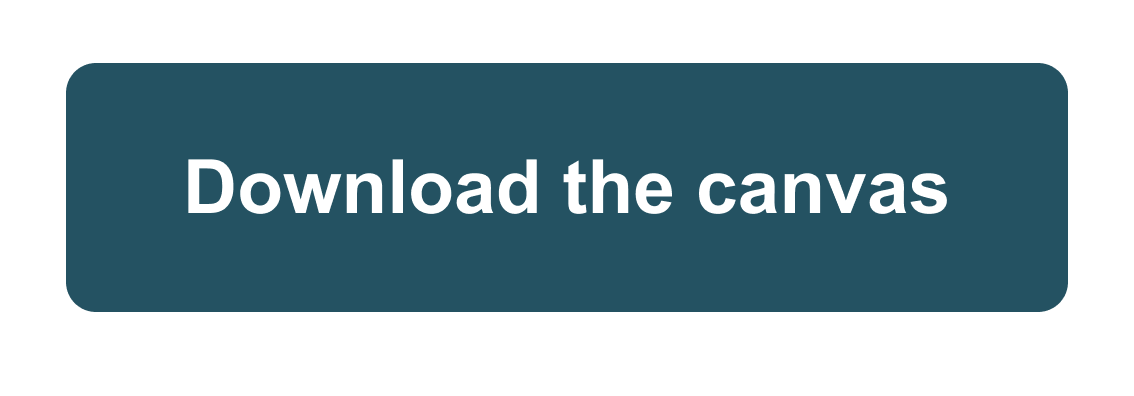Challenges
Since the Frameboard focuses on a frame – formulated as a temporary perspective on a determined issue – it is particularly useful to quickly explore the situation and iteratively envision alternatives or ideas to address the problem(s).
Problem, Purpose and Needs
The Frameboard is applicable in diverse fields and offers the opportunity to visualise and understand a given problem by building an (iterative) overview of different frames. These frames are alternative ways of examining the situation, with different problems, ideas, and solutions. The frames are explained in slightly different ways to grasp the nuances for envisioning a comprehensive course of action.
Relevance to Climate Neutrality
Challenges
Thematic Areas
Impact Goals
Issue Complexity
Issue Polarisation
Enabling Condition
Essential Considerations for Commissioning Authorities
The tool explicitly orients toward frames, seen as working hypothesis or temporary solutions. To that extent, a Frameboard allows for envisioning ideas and structure approaches in a quick and iterative manner. It serves the purpose to provide a visual and textual support to communicate, materialise and reflect on different frames that include both a holistic overview of the problem and a translation into solutions.
Engagement Journey
Governance Models and Approaches
Enabling Conditions
Democratic Purpose
Spectrum of participation
Communication Channels
Actors and Stakeholder Relationships
The tool is intended for collective use, and it works best in a group setting. The collaboration of diverse stakeholders supports the purpose of collecting different ideas and perspectives of the frames and allows for diverse viewpoints on the relationship between the problem analysed and the possible solutions. Finally, the Frameboard can also act as a support for guiding the discussion between the stakeholder and for communicating the outputs.
Participant Numbers
Actors and Stakeholders
Participant Recruitment
Interaction between participants
Format
Social Innovation Development Stage
Scope
Time commitment
The activity requires about two to three hours. The time dedicated to the tool strictly depends on the level of detail required and on the dimension of the working team. Moreover, the tool allows (and encourages) to explore multiple frames and can be used iteratively throughout the early phases of a project, to act as a baseline for prototyping activities.
Resources and Investments
Typical duration
Resources and Investments
In-house
Step by Step
The template is divided into seven slots (six that can be filled with text: (i) description, (ii) value proposition, (iii) target – users, (iv) key problem(s), (v) solution approach, (vi) alternative ideas, and one – (vii) name and tagline – that can be drawn or sketched into).
It is recommended that a minimum of six to ten distinct frames are explored to visualise and comprehend the issue in object at the early stages of a project. This will help to reach the best result possible. The frameboards will then allow for discussing different frames, with different views and types of solutions for the problems individuated.
Evaluation
There is not a precise need for evaluating the activity in itself; however, since the purpose of the tool is to be discussed, adjusted, and iterated upon, it can serve as a basis for further analysis with relevant stakeholders and for presenting the outcomes of the activity.
Connecting Methods
The tool can be linked to other tools such as Problem Definition, PESTEL analysis, SWOT. Moreover, employed as a tool for communicating, visualising, and reflecting on ideas can be used together with Idea Cards and Storyboards.
Flexibility and Adaptability
To get the most out of the tool, it is recommended to translate it in the local language and to encourage participants to experiment with both text and visual representation such as sketching and drawing when filling it. It is a simple and clear tool that may be used to direct both the framing process and the way one visualises and speaks to others. Additionally, it aids in organising the design process, which is extremely iterative and alternates between problem and solution.
Existing Guidelines and Best Practice
Canvas and step-by-step instruction:
Best Practice:
Köppchen, A. (2022). Cube Design Museum—Empathic Co-design for Societal Impact. In: Deserti, A., Real, M., Schmittinger, F. (eds) Co-creation for Responsible Research and Innovation. Springer Series in Design and Innovation, vol 15. Springer, Cham. https://doi.org/10.1007/978-3-030-78733-2_11
Stompff, G. (2018). Design Thinking: Radicaal veranderen in kleine stappen. Amsterdam: Boom Uitgevers.
References and Further Resources
Stompff, G. (2018). Design thinking. Radicaal veranderen in kleine stappen. Amsterdam: Boom uitgevers.


